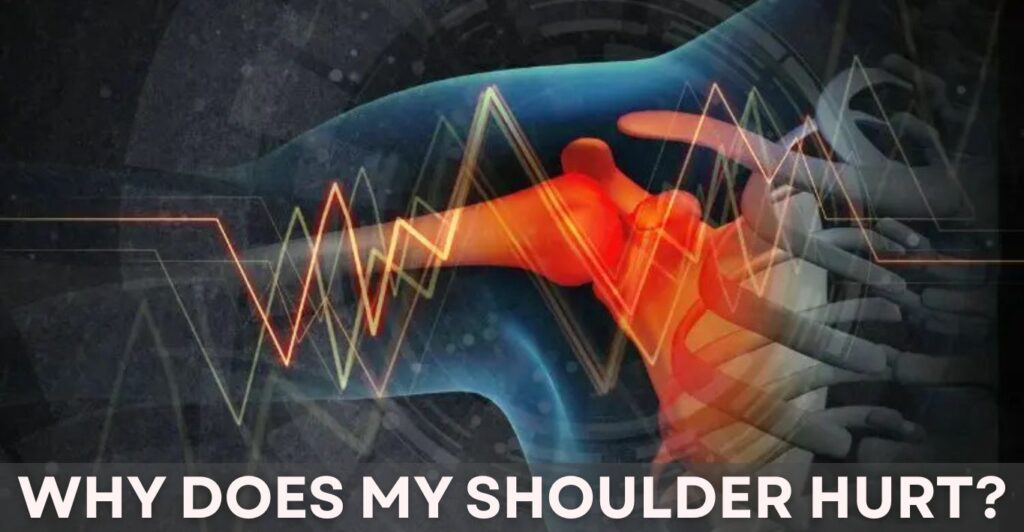
Your shoulder is held together by a group of four muscles and tendons called the rotator cuff, which helps you lift and move your arm. Because the shoulder is such a complex joint, pain can come from many sources. Below are some of the most common causes of ongoing shoulder pain.
If you’re experiencing ongoing shoulder pain, it’s important to understand what may be causing it—and when to seek professional care.
COMMON SHOULDER INJURIES:

◼️Dislocation
When the upper arm bone pops out of the shoulder socket, it can cause immediate pain, weakness, swelling, and bruising.
◼️Separation
A fall or direct blow can injure the AC joint, where the collarbone meets the shoulder blade. A visible bump may appear on top of the shoulder.
◼️Fracture
Fractures of the clavicle or upper arm bone usually occur after falls or high-impact injuries, causing severe pain and difficulty lifting the arm.
◼️Cartilage (Labrum) Tear
Repetitive motion or trauma can damage the cartilage that cushions the shoulder, leading to catching, locking, or grinding sensations.
◼️Rotator Cuff Tear
Whether from aging, overuse, or injury, a tear can cause nighttime pain, weakness, and crackling when moving the arm.
◼️Frozen Shoulder
Also known as adhesive capsulitis, this condition creates stiffness and limited motion as thick bands of tissue restrict the joint.
◼️Impingement & Bursitis
Overhead motions can pinch shoulder tendons or inflame the bursa, leading to pain—especially during movement.
OTHER CAUSES OF SHOULDER PAIN:
◼️Osteoarthritis & Rheumatoid Arthritis
Both conditions can cause stiffness and achiness as the joint wears down or becomes inflamed.
◼️Referred Pain
Issues in the neck, gallbladder, liver, or even the heart can cause shoulder discomfort. Sudden shoulder pain with shortness of breath or chest tightness may signal a heart attack—seek emergency care immediately.
◼️Tendinitis & Bone Spurs
Inflamed tendons or extra bone growth can limit movement and lead to chronic pain.
For more information, talk to a healthcare provider.
If you have any questions about SHOULDER INJURIES, Please feel free to leave a comment.
Do share this blog with your friends and family!











